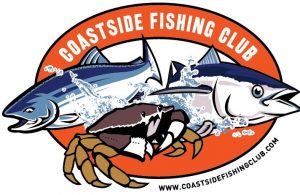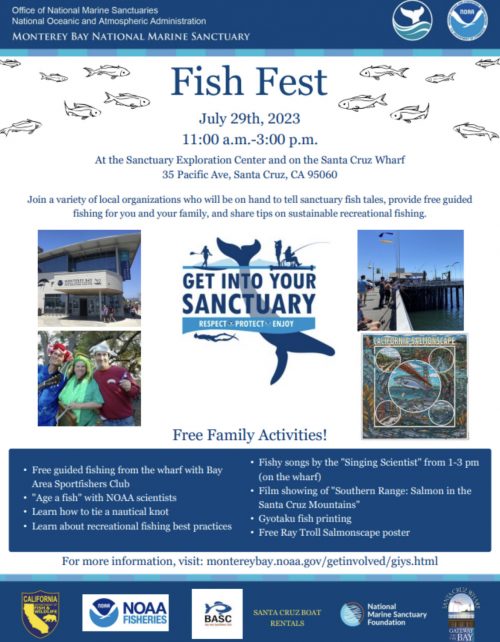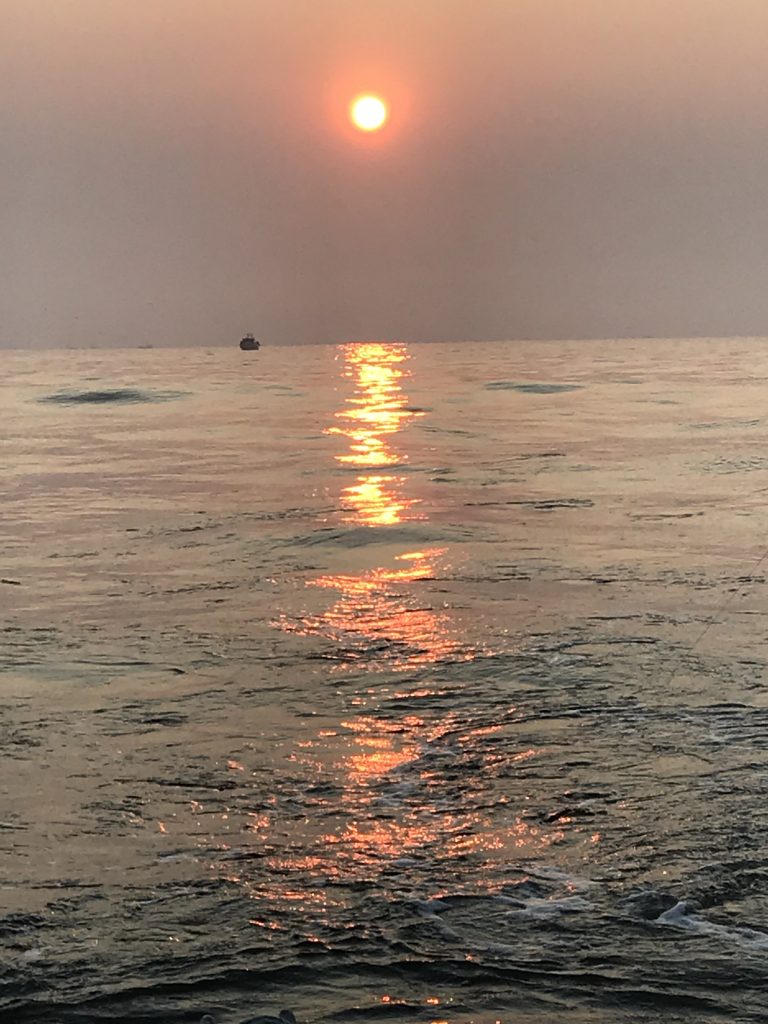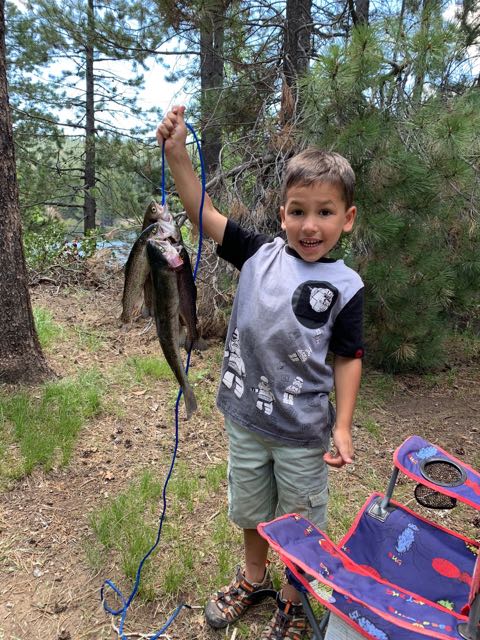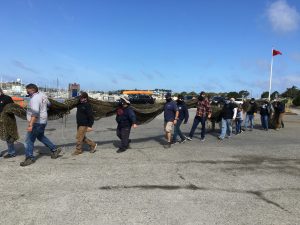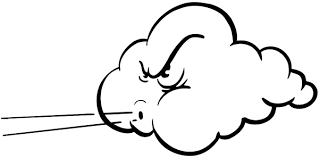February 13th Tell The FGC and the SWRCB How you feel about water for Salmon
Next week on Thursday February 13th The CA Fish and Game Commision will be meeting and discussing water and ocean salmon. The State Water Control Resource Board will have members present. A good opportunity to listen in and make comments. A strong showing of interest sends a good message.
On the agenda it is Item 17 and 18 that are of interest and start early!
February 13, 2025; 8:00 AM
Call to Order/Roll Call to Establish Quorum
Discussion and Action Items
17. State Water Resources Control Board: Providing water for fish and wildlife and their habitats receive and discuss presentations from leadership at the State Water Resources Control Board regarding actions the board has recently taken, or will consider in the near future, to contribute clean and cold water to California’s rivers and streams, and to help ensure healthy habitats for the state’s fish and wildlife.
Note:This agenda item is expected to begin at approximately 8:15 a.m. and will be limited to approximately two hours in length, including presentations, discussion and public comment. The total amount of time allocated for public comment on this agenda item will be limited to no more than 60 minutes.
18. Recreational take of ocean salmon and Pacific halibut
Receive and discuss an update on the Pacific Fishery Management Council process and timeline for recreational ocean salmon and Pacific halibut, automatic conformance of state regulations to federal regulations, and the option to authorize staff to develop and notice a regular rulemaking or rulemakings.(Pursuant to Section 1.95)
Here is the link to the instructions for joining the meeting
Here is the link to the meeting documents
Here are some suggestions for comment on the 2 items of interest to us.
#18 State Water Resources Control Board: Providing water for fish and wildlife and their habitats
Offer general comments that salmon closures are the direct consequence of harmful water policies that the SWRCB can and should correct. Other water users have their advocates in DWR. The FGC needs to advocate for California’s native species and the people and businesses that depend on them.
Baseline flows are absent and a major concern.
#19 Recreational take of ocean salmon and Pacific halibut
Urge support for a recreational salmon season, denied the last two years. There was a harvestable surplus forecast in 2024, but anglers needed to travel to Oregon to catch them. Moreover, urge support for a bubble fishery in state waters to target Mokelumne fish.
Please keep commentary respectful and targeted. Write it down and stay focused.







